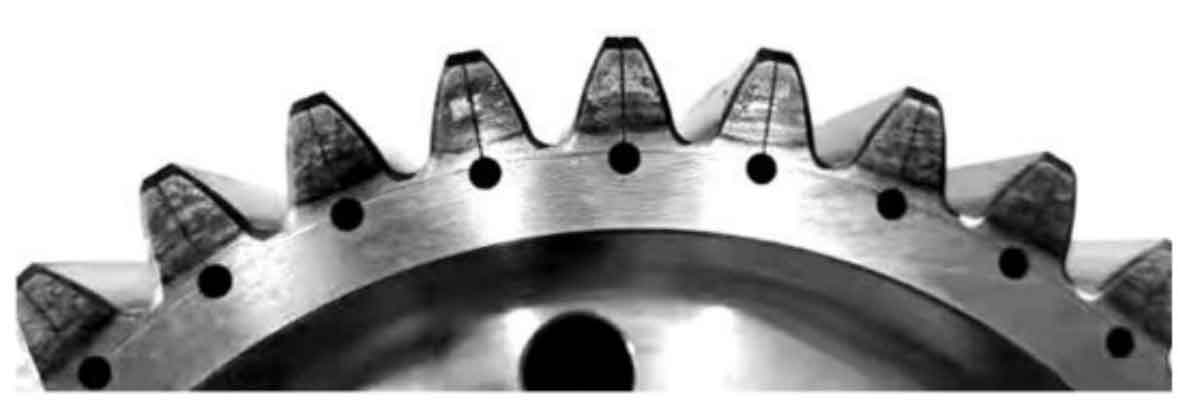Gear design can be simplified using a spur gear calculator, which is a tool that helps in determining key parameters for designing spur gears. Here’s a step-by-step guide on how to use a spur gear calculator to simplify gear design:

Determine the requirements:
Identify the specific requirements for your gear design, such as the desired gear ratio, input/output speeds, torque, center distance, and power transmission.
Select a suitable spur gear calculator:
There are several online spur gear calculators available that can help simplify the design process. Choose a calculator that allows you to input the necessary parameters and provides detailed output.
Input the parameters:
Enter the required parameters into the spur gear calculator. These parameters typically include the number of teeth on the driving gear (pinion), the number of teeth on the driven gear (gear), the center distance between the gears, and the module or diametral pitch (depending on the calculator).
Calculate gear dimensions:
Once you’ve entered the parameters, the spur gear calculator will provide various outputs. These outputs can include the pitch diameter, addendum, dedendum, pressure angle, clearance, and other relevant dimensions for the gear teeth. These dimensions are essential for creating the gear profile.
Check for design constraints:
Evaluate the outputs from the spur gear calculator to ensure that the design meets certain constraints, such as avoiding interference between gear teeth, maintaining a minimum number of teeth for reliable operation, and satisfying load and strength requirements.
Refine the design:
If the initial design doesn’t meet the required constraints, you may need to iterate and adjust the parameters in the spur gear calculator to achieve a suitable gear design. This can involve modifying the number of teeth, module/diametral pitch, or center distance.
Validate the design:
Once you have a gear design that satisfies the constraints and requirements, it is advisable to validate the design using additional engineering analysis and simulation tools, such as finite element analysis (FEA) or gear tooth contact analysis software. These tools can help ensure the gear design is robust and performs as intended.
Spur gear calculators are valuable tools for simplifying the gear design process, but they should be used in conjunction with engineering knowledge and good design practices. It’s always recommended to consult relevant gear design standards and reference materials to ensure the gear design meets safety, performance, and reliability requirements.
